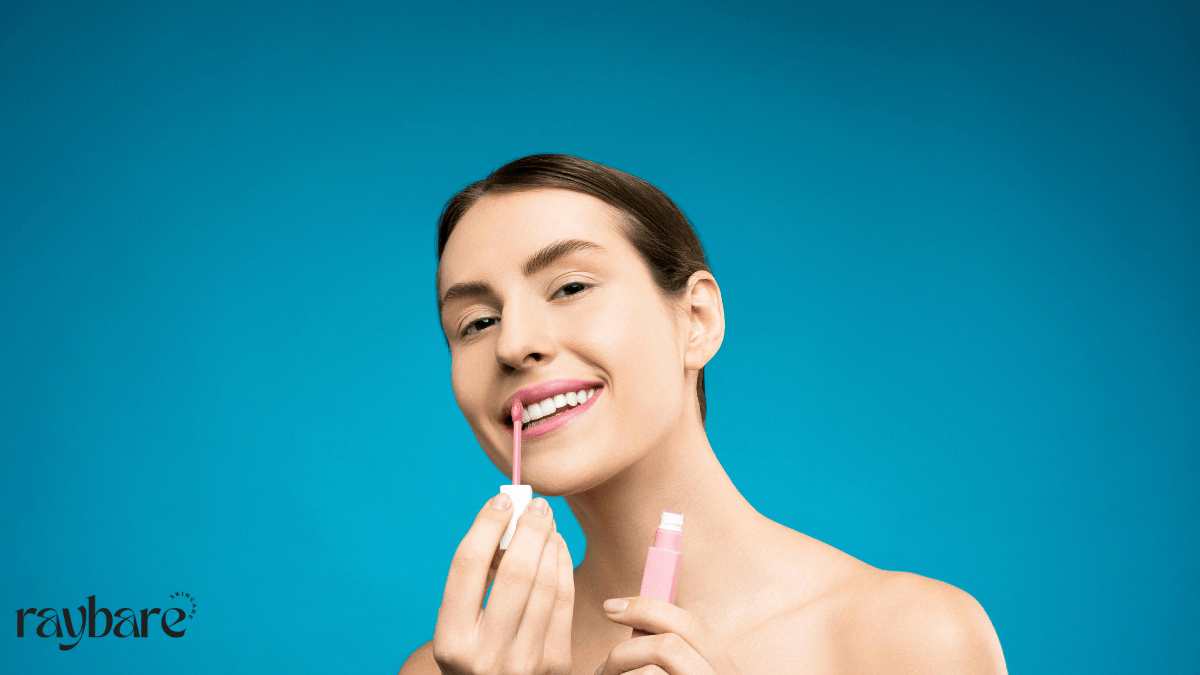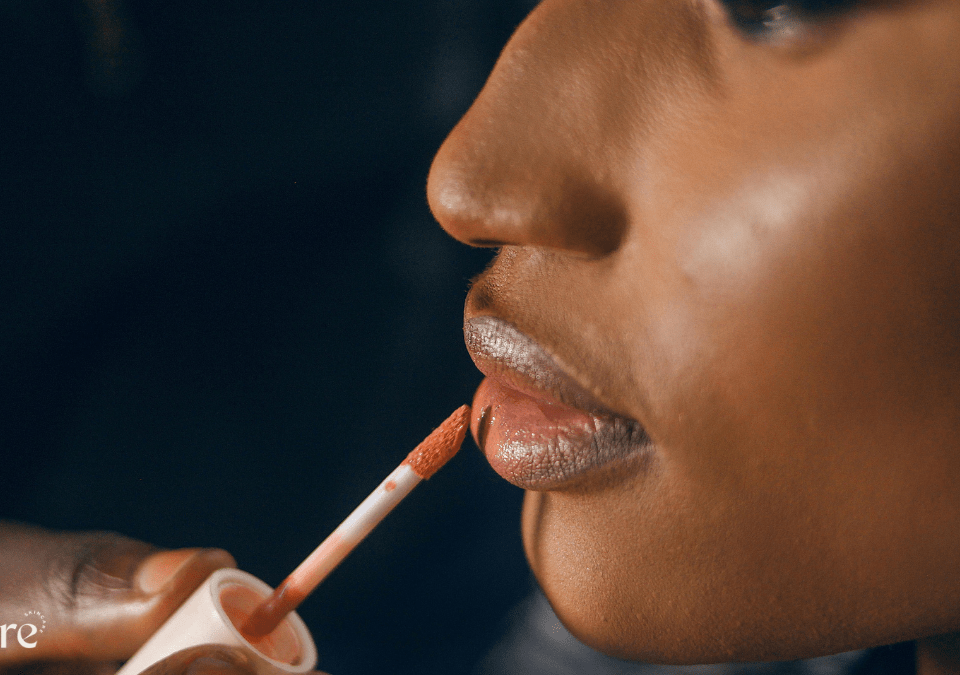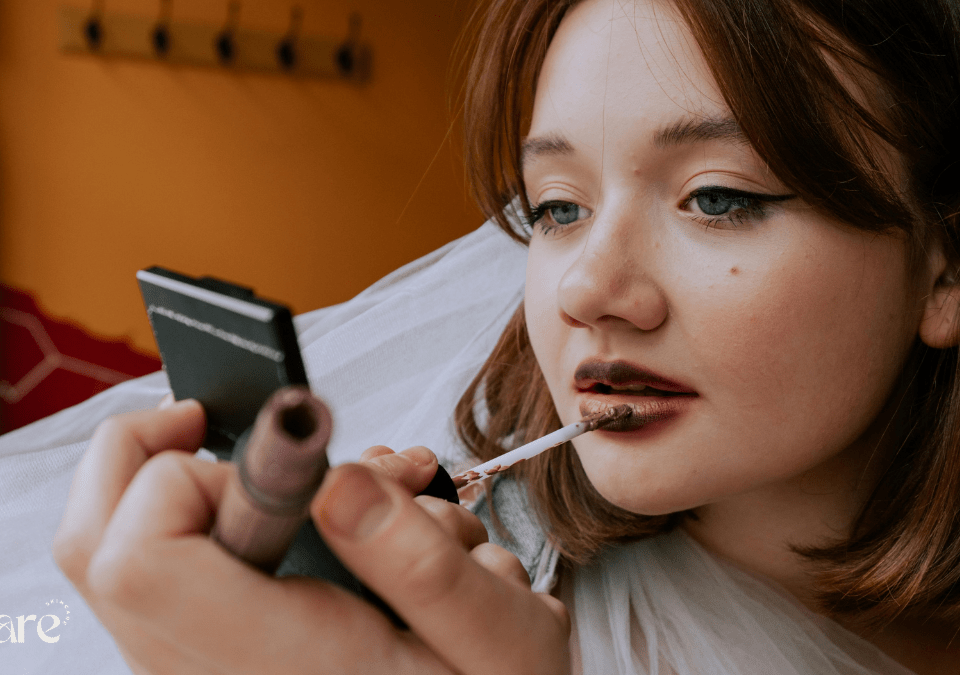Struggling with acne after getting an IUD? Hormonal IUDs like Mirena and Kyleena can cause breakouts, but there are ways to manage it. Learn whether Mirena acne or Kyleena acne goes away, the best IUD for acne-prone skin, and how to create a skincare routine for hormonal acne. Discover treatments like Spironolactone and whether switching to a copper IUD might help. Here is Skin Care Routine For Iud Acne.
Skin Care Routine for IUD Acne: A Comprehensive Guide
If you’ve noticed acne flare-ups after getting an IUD, you’re not alone. Hormonal changes caused by certain IUDs, like Mirena or Kyleena, can lead to breakouts. But don’t worry—there are ways to manage it. In this article, we’ll explore whether Mirena acne or Kyleena acne goes away, the best IUD for acne-prone skin, and how to create a skincare routine that works for hormonal acne. We’ll also discuss treatments like Spironolactone for acne and whether switching to a copper IUD might help.
Will Mirena Acne Go Away? Does IUD Acne Go Away?
One of the most common questions is, “Will Mirena acne go away?” or “Does IUD acne go away?” The answer isn’t straightforward. Hormonal IUDs like Mirena and Kyleena release progestin, which can disrupt your skin’s balance and trigger acne. For some, the acne may improve after a few months as the body adjusts. For others, it might persist until the IUD is removed.
If you’re wondering, “Does Kyleena acne go away?” the same principle applies. Kyleena also contains progestin, which can cause similar skin issues. The key is to give your body time to adapt while supporting your skin with the right routine and treatments.

Best IUD for Acne
If you’re prone to acne and considering an IUD, you might ask, “What’s the best IUD for acne?” Hormonal IUDs like Mirena and Kyleena can sometimes worsen acne due to their progestin content. On the other hand, the copper IUD (Paragard) is non-hormonal and doesn’t affect your skin. However, it’s not the best choice for everyone, as it can cause heavier periods.
If you’re struggling with Mirena IUD acne or Kyleena acne, switching to a copper IUD might help. But always consult your doctor before making any changes.
Mirena Acne Treatment: What Works?
If you’re dealing with Mirena acne, there are several treatment options. Topical treatments like salicylic acid, benzoyl peroxide, or retinoids can help manage breakouts. For more severe cases, oral medications like Spironolactone for acne might be recommended. Spironolactone works by blocking androgens, which can reduce hormonal acne.
Another option is to adjust your skincare routine. Focus on gentle cleansing, exfoliating 2-3 times a week, and using non-comedogenic moisturizers. Adding a niacinamide serum can also help regulate oil production and reduce inflammation.
Skincare Routine for Hormonal Acne
If you’re wondering, “What is the best skincare routine for hormonal acne?” here’s a simple yet effective plan:
- Cleanse: Use a gentle, sulfate-free cleanser twice a day to remove dirt and excess oil.
- Exfoliate: Incorporate a chemical exfoliant (like glycolic or lactic acid) 2-3 times a week to unclog pores.
- Treat: Apply a spot treatment with benzoyl peroxide or salicylic acid to target active breakouts.
- Moisturize: Use a lightweight, non-comedogenic moisturizer to keep your skin hydrated.
- Protect: Always wear sunscreen, as some acne treatments can make your skin more sensitive to the sun.
Personal Experience with IUD Acne
When I got my Mirena IUD, I noticed my skin breaking out more than usual. At first, I thought it was just stress, but the acne persisted. I tried over-the-counter treatments, but they didn’t help much. After consulting my dermatologist, I started using a combination of topical retinoids and Spironolactone. Within a few months, my skin cleared up significantly. I also switched to a copper IUD, which eliminated the hormonal fluctuations causing my acne.

FAQ’s
1. What helps acne from IUD?
Topical treatments like retinoids, salicylic acid, and benzoyl peroxide can help. For severe cases, Spironolactone or switching to a non-hormonal IUD might be necessary.
2. Is acne a side effect of an IUD?
Yes, hormonal IUDs like Mirena and Kyleena can cause acne due to progestin.
3. How do you get rid of hormonal acne from birth control?
A consistent skincare routine, topical treatments, and medications like Spironolactone can help. Consulting a dermatologist is also recommended.
4. Does Kyleena acne go away?
For some, acne may improve as the body adjusts. For others, it may persist until the IUD is removed.
5. Is the copper IUD better for acne?
Yes, the copper IUD is non-hormonal and doesn’t cause acne, making it a better option for acne-prone individuals.
Conclusion
Dealing with IUD acne can be frustrating, but with the right approach, it’s manageable. Whether you’re considering Mirena acne treatment, switching to a copper IUD, or incorporating Spironolactone for acne, there are solutions. Remember, everyone’s skin is different, so what works for one person might not work for another. Consult your doctor or dermatologist to find the best plan for you.
Follow More Article Here:




